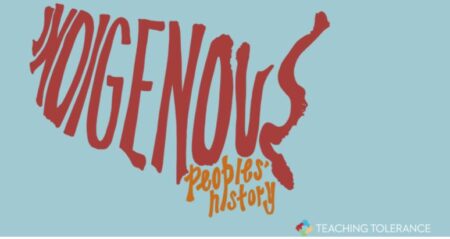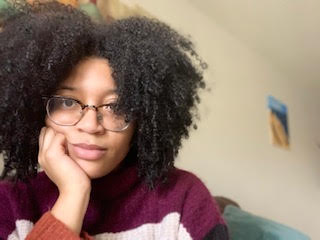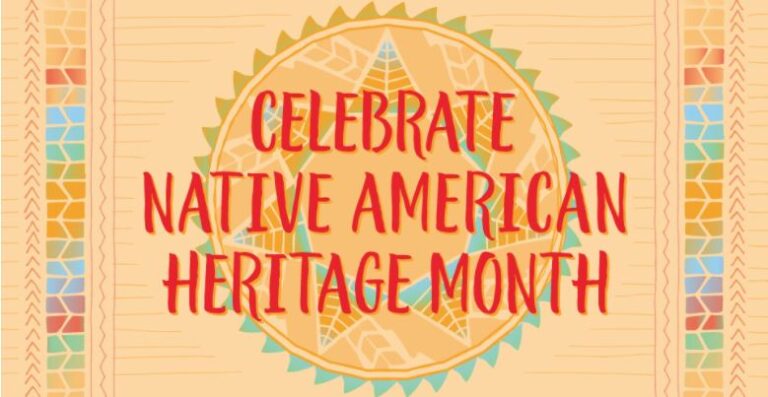By Nia Davis
Asheville Office of Equity and Inclusion
Did you know November is Native American Heritage Month? Native American Heritage Month is a time to celebrate the diverse cultures and traditions of Native people. As we spend everyday on stolen land, let’s reflect on the importance of uplifting the contributions, stories, and experiences of Indigenous Peoples.
What have we been taught about Indigenous history? As a child, I learned, “In 1492, Columbus sailed the ocean blue” and accidentally “discovered” America — completely erasing the fact Ingenious Peoples were already living on this land. I also learned that he was a hero. What I did not learn was that he brought disease, slavery, and violence. In November, many of us prepare to participate in Thanksgiving. We are given a version of history about a peaceful Thanksgiving in which the “Indians” and the pilgrims broke bread together. We do not hear about the violent and political struggles of the Wampanoags in long dealings with the European colonizers.
As I continued to recount my experiences in learning about Indigenous history, I noticed the same themes kept coming up. Indigenous People were either aggressors against white settlers or that they were docile and essentially supported settlers in occupying native land. Then I recognized there was a point in my educational career when I completely stopped learning about Indigenous Peoples.
Erasure.
That is the word that comes to mind when I think about how this country has treated and currently treats Indigenous Peoples. In our history we erase the violence of genocide, colonization, and forced assimilation. In the current pandemic, research has erased the impact of COVID-19 on Indigenous Peoples. Indigenous Peoples are also often erased in the Census, which is an important tool for allocating resources and gaining representation.
 In the Office of Equity and Inclusion, we use the term BIPOC (Black, Indigenous, People of Color). The B is separated because of the acknowledgement that non-Black people benefit from anti-Blackness. The I is separated because it is an acknowledgement that non-Indigenous people benefit from Indigenous erasure.
In the Office of Equity and Inclusion, we use the term BIPOC (Black, Indigenous, People of Color). The B is separated because of the acknowledgement that non-Black people benefit from anti-Blackness. The I is separated because it is an acknowledgement that non-Indigenous people benefit from Indigenous erasure.
Although the acknowledgement of Indigenous erasure is the bare minimum, we have to start somewhere. We can start by acknowledging whose land we are on. In Asheville, we occupy the land of the Eastern Band of Cherokee Indians. In North Carolina, there are eight historic tribes that include: Coharie, Eastern Band of Cherokee, Haliwa Saponi, Lumbee, Meherrin, Occaneechi Band of Saponi, Sappony, and Waccamaw-Siouan. Something else we can do is get curious. What else is being erased? What other stories are we not hearing? Who owns the narrative? Who controls the narrative? What is the narrative? Why?
The history and contributions of Indigenous Peoples should be recognized and celebrated everyday. We can do better. Let’s do better.

Nia Davis attended the University of North Carolina at Chapel Hill and earned her Bachelors of Science in Psychology and then went on to receive her Masters in Social Work with a concentration in Community, Organizing, and Social Action from the University of Pittsburgh. She serves as the Human Relations Analyst in the City of Asheville’s Office of Equity and Inclusion.
